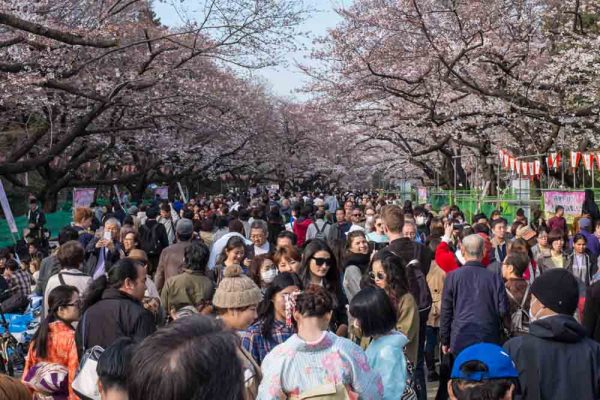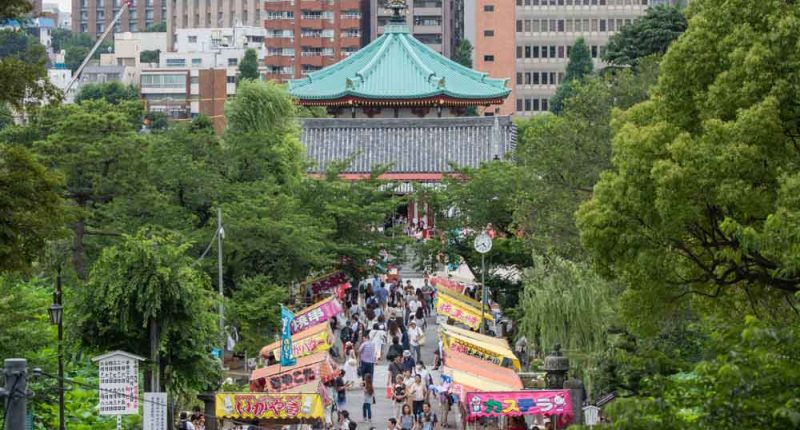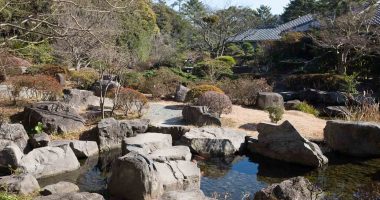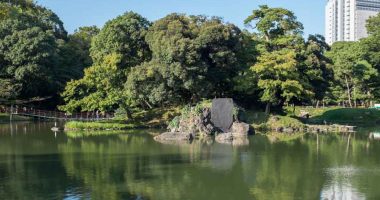Opened to the public in 1873, Ueno Park (上野公園, Ueno Kōen) is today home to five museums, two concert halls, and Ueno Zoo. Along with Yoyogi Park and Shinjuku Gyoen National Garden it is one of Tokyo’s largest green spaces. The park rests on the grounds of what used to be Kanei-ji Temple, the resplendent temple of the Tokugawa clan who ruled Japan from 1603-1868. Unfortunately, the temple was destroyed during the Battle of Ueno in 1868—the last battle for Edo during the Boshin War—and the Kanei-ji Temple that stands at the northwest corner of the park is but a humble replacement.






